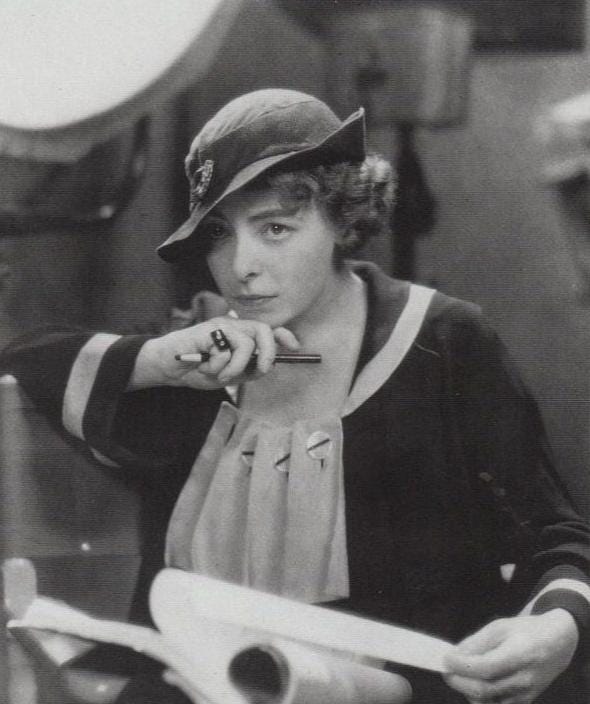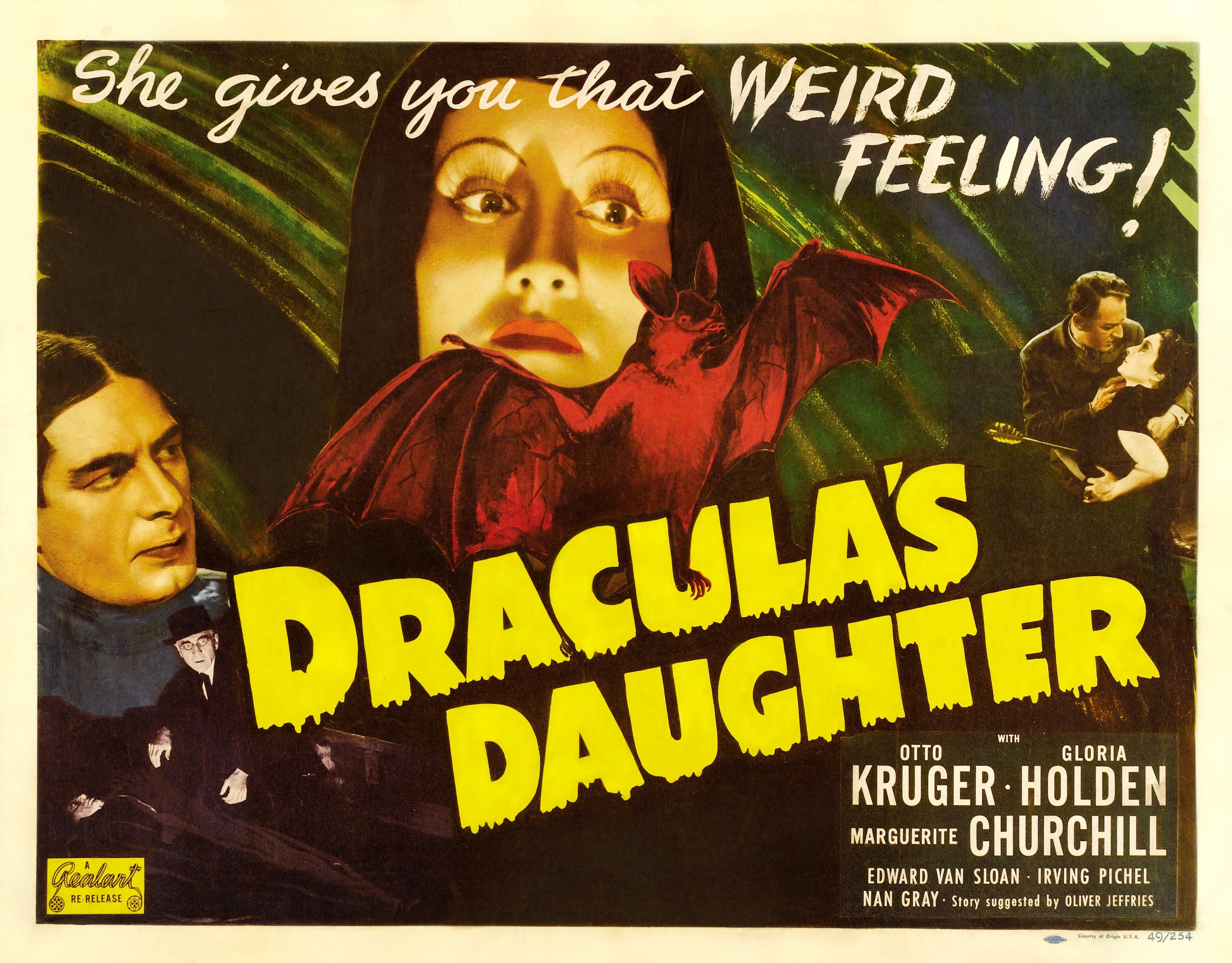Pages
▼
Friday, September 28, 2018
Wednesday, September 26, 2018
#WomanEmpowermentWednesday #SilentEdition Dorothy Davenport Reid
- Her first professional role was in a stock company at the age of 6
- Joined the Nestor Film Company when she was 17 and did many of her own stunts having been a skilled horsewoman
- Began writing and directing her own films after the death of her husband, Wallace Reid, having died of a mixture of morphine addiction and poor care at the sanitarium he resided in, resulting in "Human Wreckage" (1923) which she co-produces and addresses the camera directly in a plea for the viewers to join the crusade against narcotics
- Was given a dispensation from Will Hays himself for the anti-drug message of [the now-lost film] "Human Wreckage" (1923) while the code was being finalized although certain about having no drug references in film whatsoever
- Wrote and produced many social commentary silent films ranging from white slavery ("The Red Kimono" (1925)) to drug addiction
Monday, September 24, 2018
#ManCrushMonday #MenBeingCivilBadassesEdition Bing Crosby's Relationship with Louis Armstrong
Harry Cohn wasn't particularly keen on bringing Louis Armstrong into "Pennies from Heaven" (1936) no matter how much Bing Crosby attempted to talk him into it. Crosby was exercising an option in his contract to Paramount to make a film "out-of-house" and it would be Cohn's once chance to work with the budding actor. Armstrong had heavily influenced Crosby's singing voice after having met back in 1926 and it would be a wish fulfillment to work alongside the musician. Armstrong was equally complimentary towards Crosby's musical skills and the mutual admiration made them good friends by 1930. But Cohn disagreed fervently, saying "...no reason to entail the expense of flying him in" and having "no desire to negotiate with Armstrong's crude, mob-linked but devoted manager Joe Glaser." Crosby almost walked out. Cohn gave into the casting and in turn, the role heightened Armstrong's behavior. Crosby even insisted to give his hero equal billing with his white costars which was the first time for any black actor for the time.
Thursday, September 20, 2018
Friday, September 14, 2018
Wednesday, September 12, 2018
#WomanEmpowermentWednesday Carole Lombard Handling Fredric March on set of "Nothing Sacred" (1937)
Fredric March had a long-running reputation for groping actresses while on set from Claudette Colbert who straight out complained to Cecil B DeMille and warning fellow actresses to Sylvia Sydney who just wrote it off as "playful banter." But while shooting "Nothing Sacred" (1937) with Carole Lombard, Lombard had little time for his sexual advances which would happen far too frequently. "She cured the problem by inviting him to her dressing room for a drink and allowing him to rub his hand up to her thigh where she had strapped on a rubber dildo." (Tapet. The Power of Glamour: The Women Who Defined the Magic of Stardom) March never bothered Lombard ever again.
Monday, September 10, 2018
#ManCrushMonday Melvyn Douglas in "Ninotchka" (1939)
Count Leon d'Algout is on a mission to retrieve the Russian Grand Duchess Swana's jewelry from three Russians.... even though the jewelry was technically stolen from their home country. Making friends with the men, Leon convinces them to stay in Paris to enjoy themselves ... until a special envoy Nina Ivanova Yakushova (Greta Garbo) comes to Paris to take them and the jewelry back to Russia. Without knowing who she is at first, Leon is immediately head over heels despite her cold exterior, but in keeping honest to his friend the Duchess to get the jewelry back, the aristocratic count has a bit of trouble on his hands.
Tuesday, September 4, 2018
#FashionSpotlight #SilentEdition Clare West
By 1916, West was officially considered a studio designer at Triangle Pictures having dressed and designed every cast member and extra for 1915's "Tolerance." She would go on to having a 10 film deal with Cecil deMille who advised that he "want[ed] clothes that will make people gasp when they see them." And West didn't disappoint. She would go on to do "The Ten Commandments" (1923) and doing extensive research to create three thousand costumes made by over a hundred seamstresses. But West had left Famous Players-Lasky for First National Pictures. There she exclusively costumed the sisters Talmadge. For the next two years she designed for Buster Keaton's "The Navigator" (1924) to "The Merry Widow" (1925) where she made 34 costumes for Mae Murray. She went onto open a dress salon in Los Angeles in 1925. Then in 1930, West was employed as a department store dress designer and in 1940, a designer for Patricia Perkins Inc. She would pass away of a heart attack in 1961.
 |
| Nita Naldi publicity shot for "Blood and Sand" (1922) |
 |
| Gloria Swanson in "Male and Female" (1919) |
 |
| Norma Talmadge |








